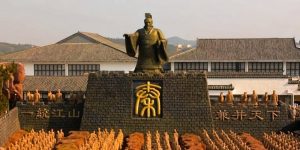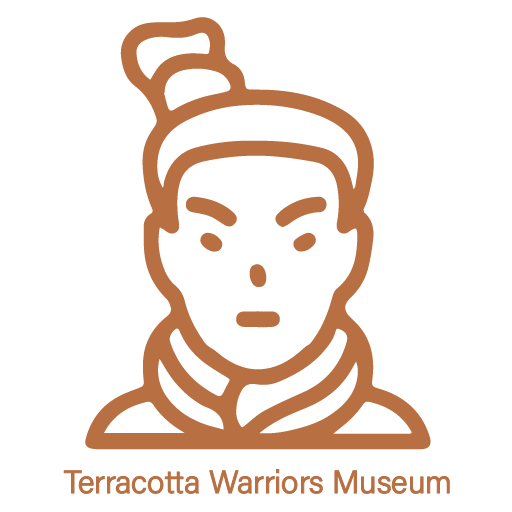Who was Qin Shi Huang (the First Emperor of China)?
Emperor Qin Shi Huang (259 BC – 210 BC) captivates people with discussions about the Great Wall and the Terracotta Warriors, which are considered his two most significant accomplishments. He is the founder of the Qin dynasty and known as the first emperor of a unified China. His ruling of China was from 221 to 210 BCE, it marked a significant turning point in Chinese governance, culture, and infrastructure.
How did Qin Shi Huang Rise to Power?
Qin Shi Huang was born in 259 BCE in Handan, his official name was YingZhen,the capital of the Zhao state as a hostage. His father was King Zhuangxiang of Qin. After his father’s death, Ying Zheng returned back to Qin State, and ascended to the throne at his age of 13. At the beginning of his ruling, he was manipulated by his mother and Lü Buwei, a powerful chancellor. By the age of 22, he took full control of the Qin state.
QinShiHuang focused on consolidating power and expanding territory. He launched military campaigns against the other six rival states. By 221 BCE, he successfully unified these states under his rule, declaring himself “Qin Shi Huang”, which means “First Emperor”. This title would be used by all subsequent emperors in China.
What did Qin Shi Huang do?
He buit Great wall of china to fend off the Huns from North, construct terracotta warriors to guard his afterlife. Standardized unit of weight, measurement, coinage, and Chinese written scripts, Qin Shi Huang’s achievements made great contributions toward the future development of China in the later 2000 years.

The Terracotta Warriors
One of his most famous legacies is the Terracotta Army, created to guard him in the afterlife. Discovered in 1974 near his mausoleum, this army consists of thousands of life-sized terracotta soldiers, horses, and chariots. It reflects the artistry and craftsmanship of that era.

Unification of China
His most significant accomplishment was unifying China after centuries of conflict among warring states. This unification laid the foundation for a centralized empire that would endure for centuries.
Standardization Reforms
To promote unity and efficiency, Qin Shi Huang implemented various standardization reforms. He standardized weights, measures, currency, and even the written script across the empire. This facilitated trade and communication among different regions.
Infrastructure Development
Qin Shi Huang initiated massive public works projects that transformed the landscape of China. He constructed an extensive network of roads and canals to improve transportation. Additionally, he ordered the linking of existing walls to create what is now known as the Great Wall of China, enhancing national defense against northern invasions.
When did Qin Shi Huang Die?
Qin Shi Huang died in 210 BCE while touring eastern China. His death triggered a power struggle among his advisors and family. As a result, the dynasty faced internal strife. Additionally, there was growing dissatisfaction among the populace. This combination led to a rapid decline of the dynasty.
In summary, Qin Shi Huang remains a pivotal figure in Chinese history. His title as the First Emperor symbolizes a new era that shaped China’s political landscape for generations. Despite controversies surrounding his rule, his achievements continue to influence modern China today.


